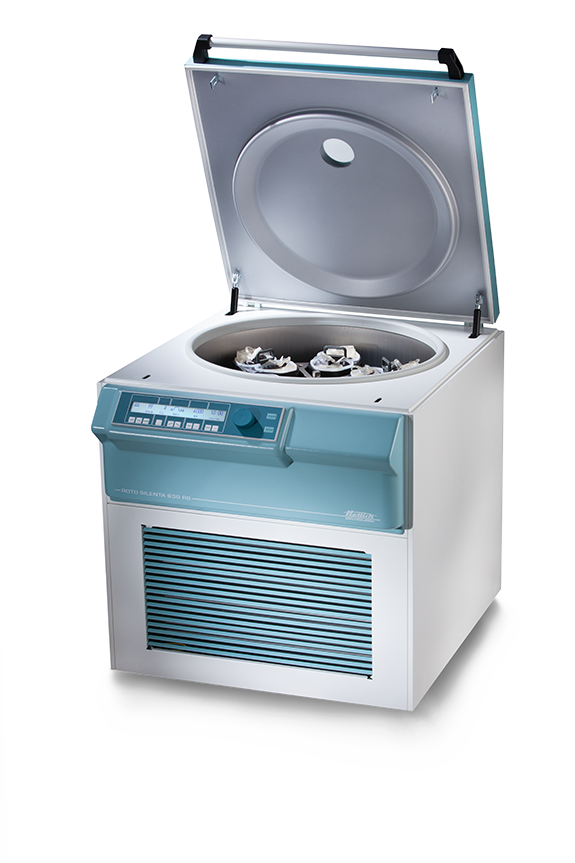Separating blood is a crucial process performed in clinical laboratories. The separation of blood is done through a specific process known as centrifugation, carried out with a blood centrifuge.
Blood Centrifuges: Quick Insight Into How They Work
If you donate whole blood, it consists of a few lifesaving components such as the platelets, plasma, and the red blood cells. Once donated, your blood will be sent to the laboratory and spun. The process will separate the different components of the blood. Each component has different shelf life, storage conditions, and uses.
For instance, to separate the platelets, your blood will be kept at a room temperature. It is processed and stored within eight hours from the time it was donated. Platelets need to be used within 5 days after it was donated. Platelets can help stop the bleeding during surgery and prevent hemorrhaging in cancer patients.
Separation of blood is done using various techniques. The process begins by placing the whole donor blood into the blood centrifuge. The blood is spun at a preset time and speed. Because of the centrifugal force, the red blood cells (RBCs) will precipitate to the bottom of the bag.
On the other hand, the white blood cells (WBCs),also known as leukocytes, as well as the platelets, will remain in the middle. The plasma will make its way to the very top. This is caused by radial acceleration, where the blood’s denser particles will settle at the bottom of the bag. On the other hand, low-density substances will rise to the top.
One of the leading brands for blood centrifuges is Hettich. With many standard and customized accessories, their centrifuges are designed to suit various applications and markets. Their centrifuges have also fulfilled many international regulatory standards, to ensure superior quality and user safety.

